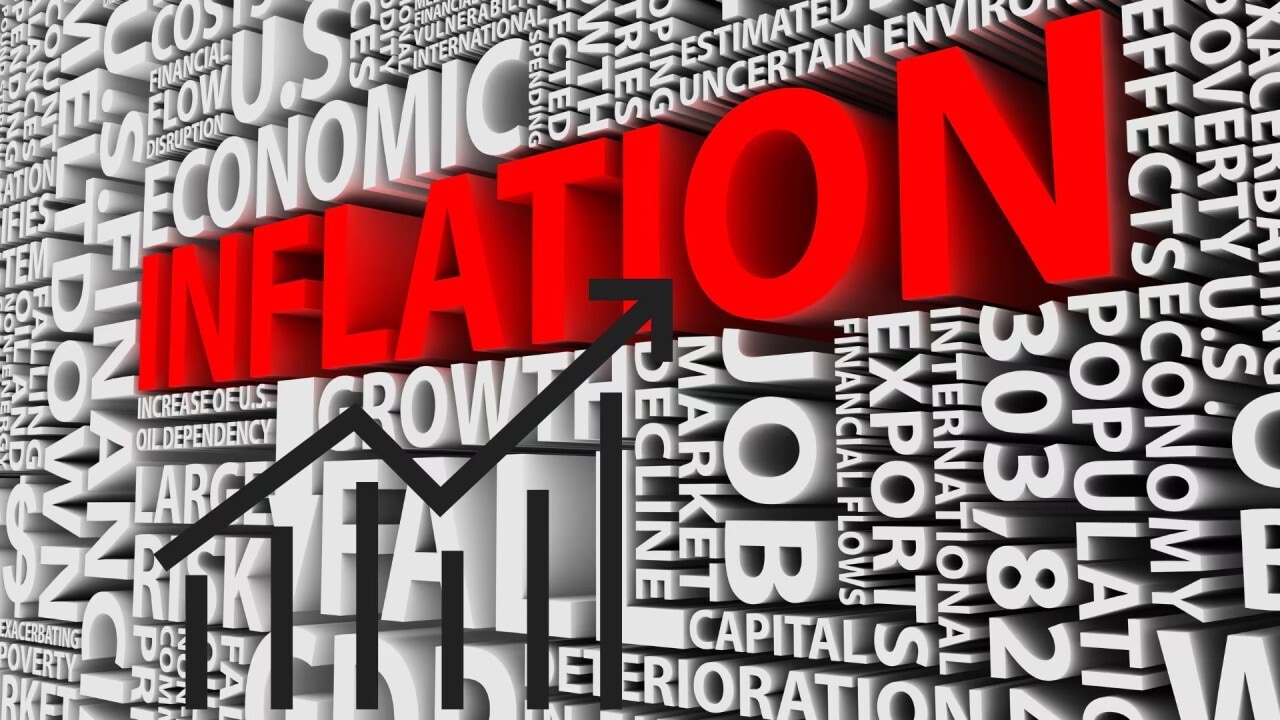
| Company | Value | Change | %Change |
|---|
The so-called core consumer price index that excludes food and energy is seen rising 0.3% in January from December in the Bureau of Labor Statistics report due Wednesday. From a year earlier, core CPI likely increased 3.1%, according to the median forecast in a Bloomberg survey.
January would mark the fifth month in the last six that the core CPI has advanced 0.3%, consistent with stalled progress on reducing inflation. Fed Chair Jerome Powell reiterated Tuesday that the central bank doesn’t need to rush to adjust interest rates.
“Inflation is stuck above target, with risks skewed to the upside, activity is strong, and the labor market appears to have stabilized around full employment,” Bank of America Corp. economists Stephen Juneau and Jeseo Park wrote in a note. If monthly core CPI advances 0.3%, “the case for the Fed to stay on hold will strengthen further.”
The overall CPI measure is seen also rising 0.3% on a monthly basis, driven by higher prices for energy and food — most notably eggs. Here’s what else to expect in the report:
January Bump
Many companies and service providers tend to hike prices and fees at the start of the year, and it’s been even more the case in recent years, when consumers appeared willing to absorb the extra costs. As a result, inflation has run faster in the first quarter compared to the rest of the year in the aftermath of the pandemic recovery.
That said, “the somewhat calmer price environment of the past year should lessen the need for businesses to push through big price increases,” according to Wells Fargo & Co. economists Sarah House and Aubrey Woessner.
“We expect some lingering issues around residual seasonality to buoy January’s core reading, but we think this dynamic will be less pronounced than last year,” they wrote last week.
Wednesday’s report will include an annual update to seasonal adjustment factors for all months stretching back five years, which often results in revisions to the data. It will also incorporate new weights for the consumer basket to try to more accurately capture Americans’ spending habits.
Some analysts suggested the adjustments could lead to a surprise on the downside this year — essentially because some of the usual bump in prices at the start of the year would be attributed to seasonal changes.
Wildfire Impact
Forecasters anticipate the deadly wildfire that ravaged Los Angeles last month to have an impact on some goods prices, as well as rents.
“Wildfires destroy vehicles and, consequently, demand for new and used cars increases after the disaster pushing up prices,” Morgan Stanley economists said in a Feb. 6 note.
Bloomberg Economics’ Stuart Paul, meanwhile, estimates that rents for one-bedroom apartments in the 10 neighborhoods closest to the fires rose 1.9% on average between the start of the fires on Jan. 7 and the end of the month.
“We think the wildfires’ effects will be felt for years to come in the LA rental market, and will impact regional inflation measures,” Paul wrote Tuesday. But while Los Angeles is part of the second-largest metropolitan area in the US, “the shock in the local rental market is likely to have a very small effect on national inflation measures.”
Trump Effect
Going forward, President Donald Trump’s fast-moving trade and economic policy agenda makes it a challenge to predict the path of inflation.
“We continue to believe that the Trump administration’s trade, fiscal and immigration policy agenda would be mildly inflationary,” Bank of America’s Juneau and Park said. While the impact is more likely to play out in the second half of the year, the “imposition of additional tariffs in the next few weeks could advance the timeline.”

